Hey there, infielders and glove enthusiasts! This article takes a deep dive into the infield world. We explore specifically those gloves that make the infield magic happen. Ever wondered what are the different types of softball gloves for infield positions? Well, it’s not just about catching those grounders. Or making that lightning-quick throw to first. Nope, it’s like having your superhero tool belt, but in the form of a glove!
Say you’re playing second base or shortstop, and that ball’s coming at you faster than a text from your bestie. You need a glove that’s not just a glove. It’s an extension of your hand. Your secret weapon in making those stellar plays. That’s where these infield gloves come in. They are tailored for each position and each move you’re about to make. Today, we’re uncovering the secrets behind these gloves. The different types, sizes, webbing styles, and materials. So, get comfy, grab your mitt, and let’s explore the infield glove game together!
Understanding Infield Positions
So, think of the infield as the heartbeat of the game. It’s the epicenter of action where the magic happens. These positions have their nuances. The right glove can make all the difference in turning those grounders into outs. And those double plays into game-changing moments. So, understanding these positions is key to finding the glove that feels like an infielder’s secret weapon.
We’ve got four key positions here:
First Base
This is where the scoop masters hang out. First basemen need gloves that ace the art of picking up those grounders and making the swift tags. They’re often praised for their ability to swiftly scoop up ground balls, making it seem almost effortless. This skill is crucial as it helps prevent base hits. It also supports the infield defense by making crucial outs.
Second Base & Shortstop
Meet the middle infielders! Second base and shortstop players are like the game’s orchestrators. Second basemen and shortstops form the crux of infield defense. They direct plays and orchestrate swift double plays.
Second basemen pivot between defense and backing up plays. Shortstops cover large areas, exhibiting agility and arm strength. They act as pivotal links, facilitating rapid ball transfers and executing crucial plays. This is essential for maintaining a strong defensive stance and turning the tide in the game. They need gloves that help them pull off lightning-fast double plays and quick transfers.
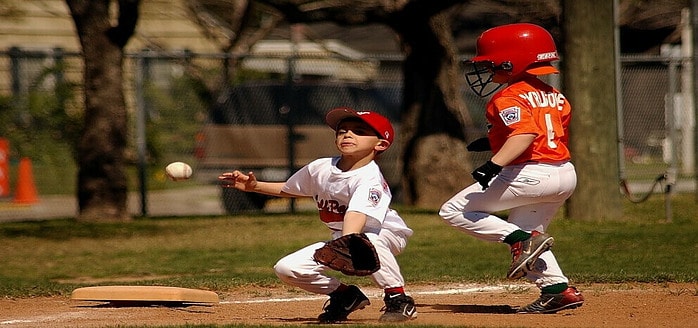
Third Base
Here’s where the hot corner folks play. Positioned close to home plate, they handle hard-hit grounders and line drives. Their role involves preventing extra-base hits. They make diving stops and fire precise throws to first.
Third basemen act as a defensive wall, preventing runs and ensuring the infield’s strength, pivotal for securing outs and maintaining team momentum. Third basemen need gloves that balance size and flexibility for those lightning-quick reactions and sharp throws
Each position comes with its playbook. It demands specific skills and maneuvers from players. First basemen need that scoop-friendly glove. Middle infielders look for agility and quick ball transfer. And third basemen seek that perfect blend of size and agility.
Characteristics of Infield Softball Gloves
Infield gloves are like specialized tools crafted for precision work. Here’s what makes them unique:
Glove Size and Fit for Infielders
Fastpitch: Infielders typically opt for smaller gloves, around 11 to 12.5 inches. Why? Smaller gloves offer better control, agility, and quicker ball transfers. That’s perfect for those lightning-quick plays.
Slowpitch: While there’s more flexibility in slowpitch, infielders still prefer gloves ranging from 12 to 14 inches. These offer ample coverage and comfort during extended gameplay.
Webbing Styles and Pocket Design
Fastpitch: Infield gloves often feature closed or semi-closed webs, ideal for secure ball retention and swift transfers. The shallower pockets aid in quick access to the ball.
Slowpitch: Gloves designed for infielders in slowpitch games might showcase open or H-web patterns. These offer flexibility and ease in catching larger, slower-moving balls. Deeper pockets accommodate the bigger ball size used in slowpitch.
Material Composition and Padding
Fastpitch: These gloves prioritize lightweight yet durable materials. This allows for quick movements and responsiveness. They often feature moderate padding, which ensures protection without compromising agility.
Slowpitch: Infield gloves here may feature additional padding for extra cushioning during occasional high-impact plays. Material choices focus on durability and flexibility for extended gameplay comfort.
Infield gloves are meticulously crafted to meet the demands of rapid plays, quick ball transfers, and those split-second decisions infielders make. The size, webbing style, material choice, and padding all come together to create a glove that feels like an infielder’s best ally on the field. It’s precise, reliable, and perfectly suited to handle the action-packed infield plays.
Types of Infield Softball Gloves
Now that we understand the different positions and glove characteristics, let’s answer our main question. What are the different types of softball gloves for infield positions?
First Base Gloves
Unique Features: Gloves designed for first base players boast a unique design with a larger size. They typically range from 12 to 13 inches. They feature a deep pocket and a unique shape. This facilitates scooping up grounders and errant throws from other infielders.
Importance: The specialized design of first base gloves aids in fielding throws from other players. And making those critical stretches to secure outs at first base.
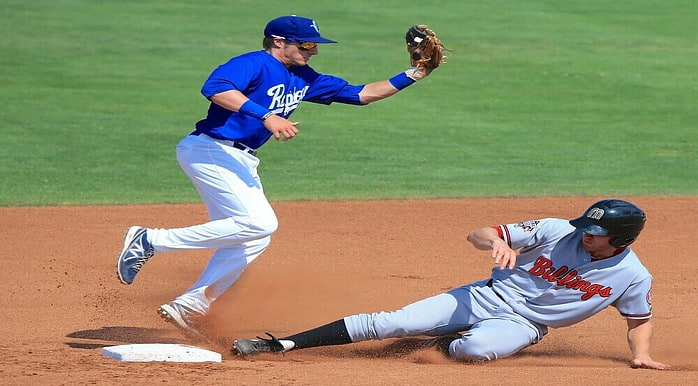
Middle Infield Gloves (Second Base and Shortstop)
Unique Features: Middle infielder gloves are tailored for quick, precise movements. These gloves range from 11 to 11.75 inches. They often feature shallower pockets for rapid ball transfers.
Importance: They usually sport closed or semi-closed webs. These secure the ball and allow for rapid glove-to-hand transfers during double plays or quick throws to first base.
Third Base Gloves
Unique Features: Gloves for third base players strike a balance between size and maneuverability. They typically range from 11.5 to 12.5 inches. They offer enough coverage for those lightning-quick reactions and sharp throws.
Importance: These gloves might have a bit more padding compared to middle infield gloves. This gives them added protection against hard-hit balls and line drives.
The above design elements, size variations, and specific features cater to the demands of each infield position, allowing players to excel in their roles within the game.
In Conclusion
From the nimble-handed second baseman to the sturdy first baseman and the lightning-quick shortstop, each infielder finds their perfect match in a glove. We’ve uncovered the secrets behind these specialized gloves. Their sizes, webbing styles, and unique features for each position. We’ve also discussed how they’re tailored to suit the demands of the game.
Remember, it’s not just about the leather and padding. It’s about finding the glove that feels like an extension of your game. A tool that amplifies your skills on the field. Whether you’re diving for a line drive, snagging a hot grounder, or firing that double play to turn the game around. Your glove is your trusted ally. Because when you’ve got the right glove, you’re not just playing. You’re dominating the infield game!

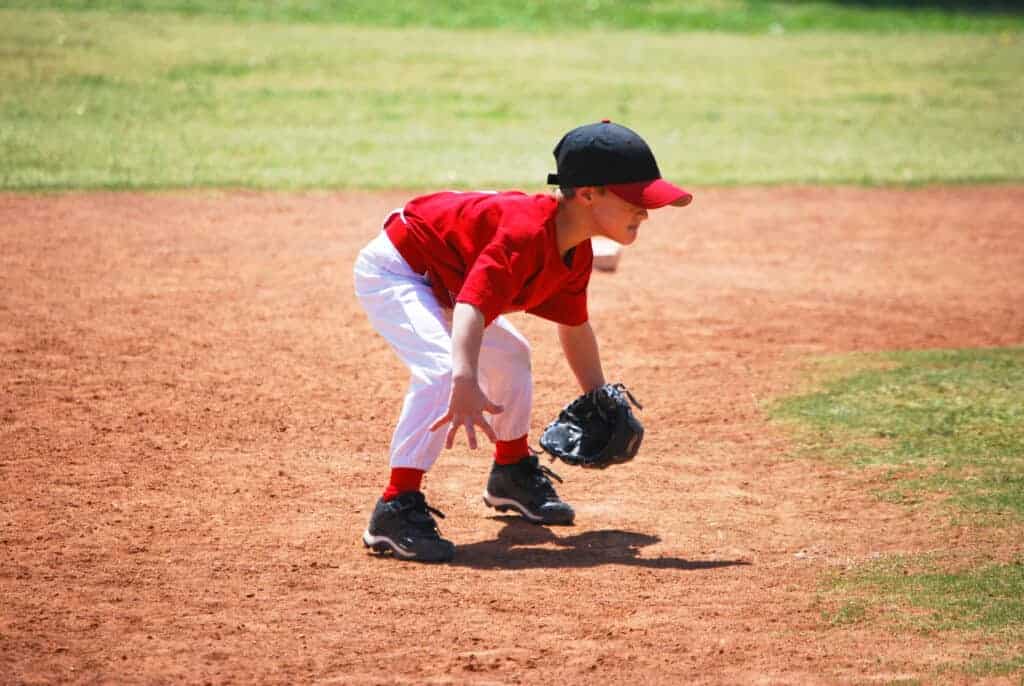

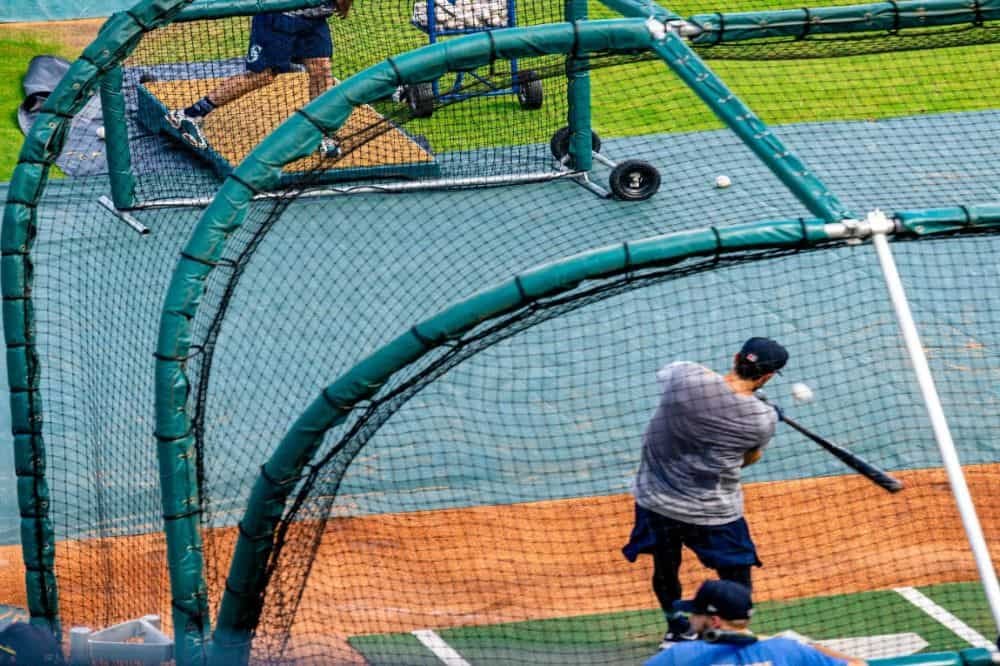

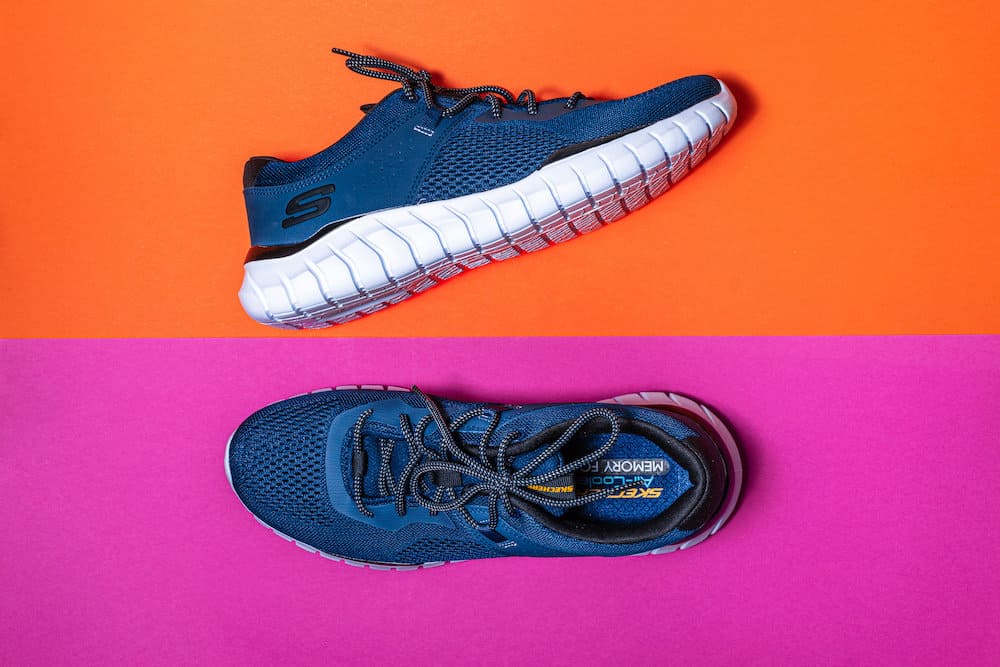
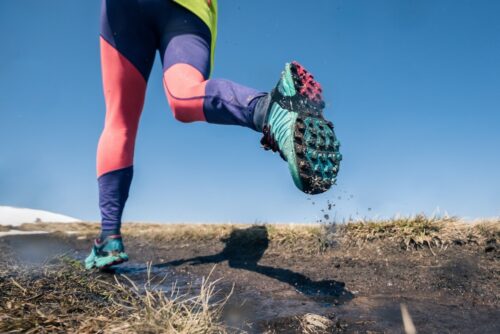







I never thought about softball gloves like that before: an extension of your own arm.
My perspective was always: the better the material, the better the glove, but it makes complete sense that there are different gloves to suit different people and different purposes.
I found this post really enjoyable to read and feel like I now have a greater understanding of what’s involved in the game, even if just a little.
I personally don’t play softball, but I know some people who do. 🙂
Do you play softball? If so what position do you like to play?
Hi, Ursidae, and thank you.
Thank you for your kind words.
I don´t play Softball but have played Team handball and soccer, too.
But I am a big sports fan and know how it is to play under big pressure. I also know Softball very well and have studied a lot.
Don’t hesitate to contact me to help you with anything else or if you have any questions.
I enjoyed reading this post about the different types of softball gloves for infield positions. The detailed breakdown for each position, from first base to shortstop, was incredibly informative.
I appreciated the emphasis on factors like size, webbing style, and material, which gave me a clear understanding of what to consider when choosing a glove.
This post is a fantastic resource for both newcomers learning the basics and experienced players looking to optimize their gear.
All the best,
Idem
Hi, Idem, and thank you.
Thank you for your kind words.
Don’t hesitate to contact me to help you with anything else or if you have any questions.